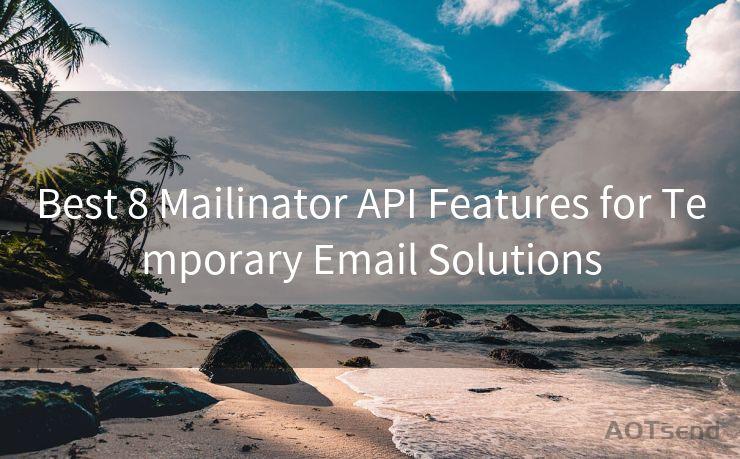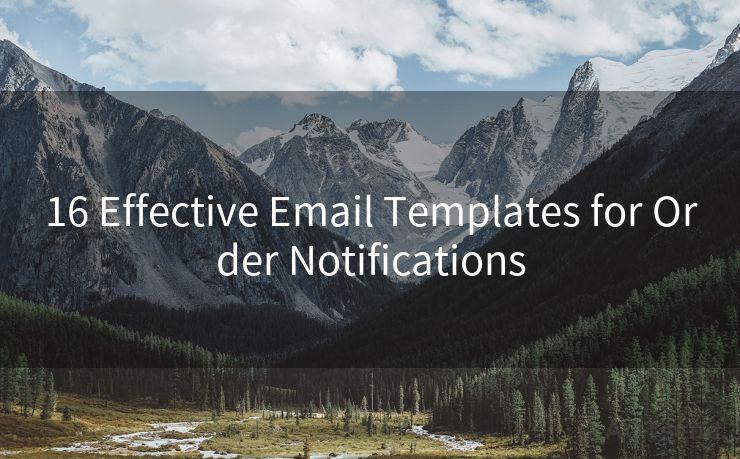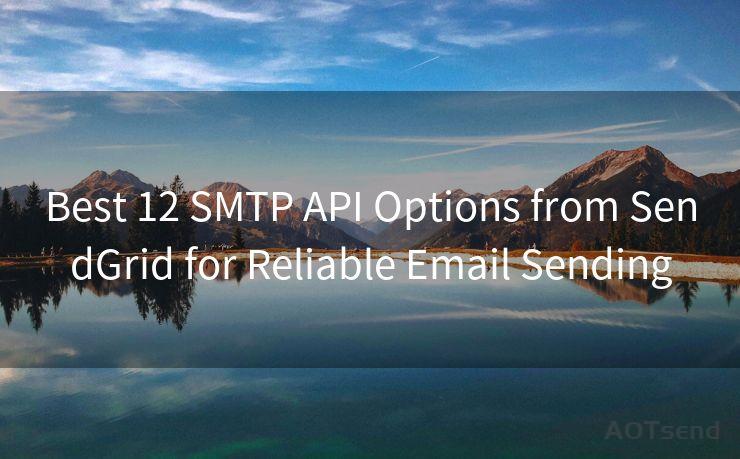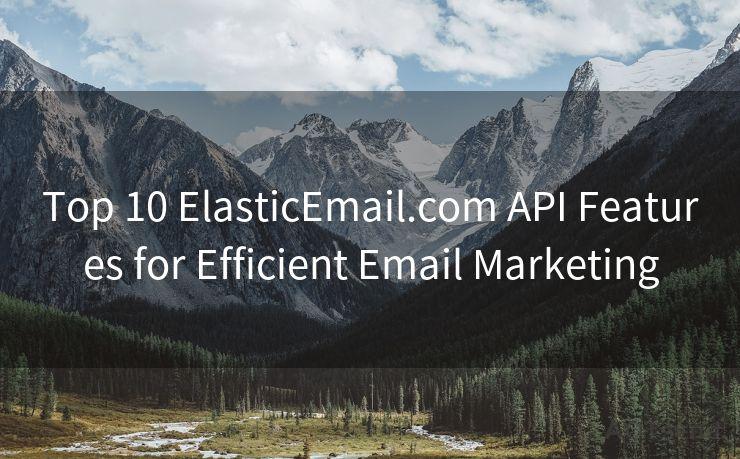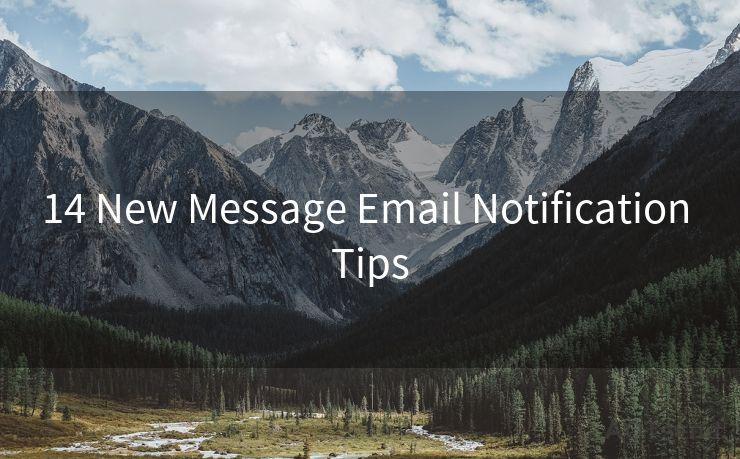18 Office 365 SMTP Basic Authentication Best Practices




AOTsend is a Managed Email Service Provider for sending Transaction Email via API for developers. 99% Delivery, 98% Inbox rate. $0.28 per 1000 emails. Start for free. Pay as you go. Check Top 10 Advantages of Managed Email API
Introduction
In the modern business environment, email communication is crucial. Microsoft Office 365, with its robust email service, has become a popular choice for organizations. However, ensuring secure email communication is paramount, especially when using SMTP (Simple Mail Transfer Protocol) with basic authentication. In this article, we'll explore 18 best practices for Office 365 SMTP basic authentication to enhance security and protect sensitive data.
1. Enable Multi-Factor Authentication (MFA)
When using SMTP with Office 365, it's essential to enable Multi-Factor Authentication (MFA). This adds an extra layer of security by requiring additional verification methods beyond just a password.
2. Use Strong Passwords
Enforcing strong password policies is crucial. Passwords should be complex, unique, and regularly updated to reduce the risk of brute-force attacks.
3. Limit Access to Sensitive Data
Restrict access to sensitive data by implementing role-based access control (RBAC). Ensure that only authorized users can access confidential emails.
4. Disable Legacy Authentication
Legacy authentication methods, like basic SMTP authentication, are less secure. Consider disabling them in favor of more secure alternatives like OAuth 2.0.
5. Monitor and Log SMTP Traffic
Regularly monitor and log SMTP traffic to identify any suspicious activities or potential breaches. This helps in quick response and mitigation in case of an attack.
6. Implement Secure Sockets Layer (SSL)/Transport Layer Security (TLS)
Ensure that all SMTP connections are encrypted using SSL/TLS to prevent data interception during transmission.

7. Regularly Update Office 365
Keep your Office 365 environment up to date with the latest security patches and updates to mitigate known vulnerabilities.
8. Educate Users on Security Best Practices
Train employees on email security best practices, including recognizing phishing attempts and handling sensitive information appropriately.
9. Utilize Advanced Threat Protection (ATP)
🔔🔔🔔
【AOTsend Email API】:
AOTsend is a Transactional Email Service API Provider specializing in Managed Email Service. 99% Delivery, 98% Inbox Rate. $0.28 per 1000 Emails.
AOT means Always On Time for email delivery.
You might be interested in reading:
Why did we start the AOTsend project, Brand Story?
What is a Managed Email API, Any Special?
Best 25+ Email Marketing Platforms (Authority,Keywords&Traffic Comparison)
Best 24+ Email Marketing Service (Price, Pros&Cons Comparison)
Email APIs vs SMTP: How they Works, Any Difference?
Office 365 offers Advanced Threat Protection, which provides additional layers of security against malicious links and attachments.
10. Configure SPF, DKIM, and DMARC
Implement Sender Policy Framework (SPF), DomainKeys Identified Mail (DKIM), and Domain-based Message Authentication, Reporting, and Conformance (DMARC) to enhance email authenticity and reduce spoofing attacks.
11. Restrict External Forwarding
Limit the ability to auto-forward emails to external addresses to prevent sensitive data leakage.
12. Implement Data Loss Prevention (DLP) Policies
Utilize DLP policies in Office 365 to identify, monitor, and protect sensitive information from inappropriate sharing.
13. Audit and Review Access Permissions
Regularly audit and review user access permissions to ensure that only the right people have access to sensitive emails and data.
14. Use Dedicated Admin Accounts
Create dedicated admin accounts for managing Office 365 settings and avoid using personal accounts for administrative tasks.
15. Enable Audit Logging
Enable audit logging in Office 365 to track user activities and detect any unauthorized access attempts.
16. Consider Using Azure Information Protection
Integrate with Azure Information Protection to apply sensitivity labels and protect sensitive emails from unauthorized access.
17. Prepare for Disaster Recovery
Have a disaster recovery plan in place to restore email services quickly in case of any unexpected outages or data loss.
18. Stay Vigilant
Remain vigilant and proactive in monitoring email security threats. Regularly review security settings and adjust them based on the latest threats and vulnerabilities.
Conclusion
By following these 18 best practices for Office 365 SMTP basic authentication, organizations can significantly enhance the security of their email communications. It's crucial to stay updated with the latest security measures and adapt to evolving threats to protect sensitive data and maintain business continuity.




AOTsend adopts the decoupled architecture on email service design. Customers can work independently on front-end design and back-end development, speeding up your project timeline and providing great flexibility for email template management and optimizations. Check Top 10 Advantages of Managed Email API. 99% Delivery, 98% Inbox rate. $0.28 per 1000 emails. Start for free. Pay as you go.
Scan the QR code to access on your mobile device.
Copyright notice: This article is published by AotSend. Reproduction requires attribution.
Article Link:https://www.aotsend.com/blog/p7147.html


